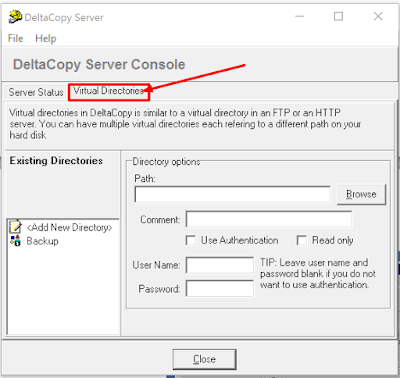Nginx 413 request entity too large
How do I
fix this problem and allow image upload upto 2MB in size using nginx web-server
working in reverse proxy or stand-alone mode on Unix like operating systems?
You need to configure both nginx and php to allow upload size.
You need to configure both nginx and php to allow upload size.
Increase
"client_max_body_size" but I am unable to find nginx installed on my
server.
# vi /etc/nginx/nginx.conf
http {
include /etc/nginx/mime.types;
default_type application/octet-stream;
log_format
main '$remote_addr - $remote_user
[$time_local] "$request" '
'$status $body_bytes_sent
"$http_referer" '
'"$http_user_agent" "$http_x_forwarded_for"';
access_log
/var/log/nginx/access.log main;
sendfile on;
#tcp_nopush on;
#keepalive_timeout 0;
keepalive_timeout 65;
fastcgi_read_timeout 300;
#gzip
on;
# Load config files from the
/etc/nginx/conf.d directory
# The default server is in
conf.d/default.conf
include /etc/nginx/conf.d/*.conf;
client_max_body_size 100m;
}
to check
if the config file exists, but I couldnt find it on my server.
Is there
anyway to resolve this issue? Or do I have to installed nginx on my server.
EDIT:
# vi /etc/php.ini
I have
made all necessary changes in my php.ini files,
.....
; Maximum size of POST data
that PHP will accept.
; http://www.php.net/manual/en/ini.core.php#ini.post-max-size
post_max_size = 128M
.....
.
.
.
; Maximum allowed size for
uploaded files.
;
http://www.php.net/manual/en/ini.core.php#ini.upload-max-filesize
upload_max_filesize = 100M
; Maximum amount of memory a
script may consume (128MB)
; http://www.php.net/manual/en/ini.core.php#ini.memory-limit
memory_limit = 128M
Reload PHP-FPM & Nginx
Don’t
forget to do this so that changes you have made will come into effect:
# service php5-fpm reload
# service nginx reload


Comments
Post a Comment